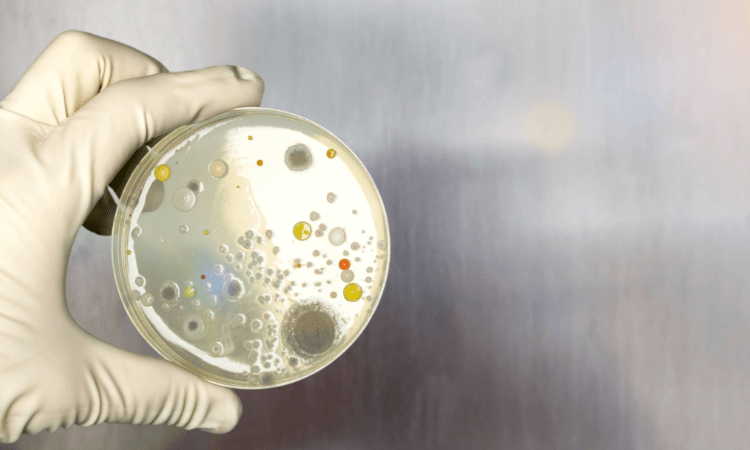What is Microbiological Food Analysis, Why Is It Done?
Main Tests in Microbiological Food Analysis

What is Microbiological Food Analysis, Why is it done?
Food safety is one of the most important factors that directly affect human health. The presence of microorganisms in food products can both cause spoilage and increase the risk of transmission of pathogens that can cause serious health problems. Therefore, microbiological analyzes are critical at every stage of the food production and distribution chain.
As Nanolab, we support businesses to determine their compliance with legal regulations and ensure product safety with microbiological food analyzes that we perform in accordance with national and international standards.
Main Tests Performed in Microbiological Food Analysis
Below, we summarize the main types of microbiological analysis performed in the laboratory and their purposes:
- Aerobic Colony Count (Aerobic Bacteria Count): Shows the total amount of aerobic microorganisms present in the food. It is considered as a general hygiene indicator.
- Anaerobic Bacteria Count: Determines the number of bacteria that develop in an oxygen-free environment. It is important for the detection of organisms that cause spoilage.
- Bacillus cereus Count:This soil-borne bacterium can cause poisoning by producing toxins in cooked foods.
- Clostridium perfringens Count: Known for its heat-resistant spores, this bacterium has the potential to produce toxins, especially in meat and meat products.
- Enterobacter sakazakii (Cronobacter spp.) Search: Look for it in sensitive foods such as infant formula. Can cause fatal infections in immunocompromised individuals.
- Enterobacteriaceae Enumeration: Provides an overall group assessment. Indicates the level of hygiene and sanitation.
- Escherichia coli (E. coli) Detection: Indicator of fecal contamination. Some strains can cause serious foodborne illness.
- Search for Heat-Resistant Campylobacter spp: Usually found in raw animal products such as chicken meat. One of the common causes of food poisoning.
- Counting Coagulase Positive Staphylococci: Species such as Staphylococcus aureus produce toxins and can cause food poisoning.
- Lactic Acid Bacteria Count: Found naturally in fermented products. However, it can be an indicator of spoilage in other foods.
- Listeria spp. Search: Listeria monocytogenes in particular can multiply even at low temperatures and cause serious infections.
- Yeast and Mold Count: It is among the microorganisms that affect shelf life. It shows the level of food spoilage.
- Specific Microorganism Count: Tests to determine the amount of microorganisms that are important for the product or sector.
- Staphylococcal Enterotoxin Search: The presence of heat-resistant toxins is investigated. It is one of the direct indicators of food poisoning.
- Sulfite Reducing Anaerobic Bacteria Count: Used to identify harmful bacteria such as Clostridium. It is a critical parameter for food safety.
- Search for Vibrio spp. (Vibrio parahaemolyticus and Vibrio cholerae): These bacteria found in seafood can cause cholera and other gastrointestinal diseases.
- Rope Spore Count: Detection of bacteria causing rope spoilage in bakery products.
Step into Safe Food with Nanolab
As Nanolab, thanks to the microbiological analysis services we offer in our accredited laboratory;
- We objectively assess your food safety,
- We ensure regulatory compliance checks,
- We support you in improving the hygiene quality of your production processes,
- We accelerate your decision-making processes with fast and reliable results.
For more information about our food analysis services or to send samples, please visit www.nanolab.com.tr or contact us directly.
Contact us for more information.
You can follow us on LinkedIn for up-to-date news and posts about our services.
Follow our Instagram account to stay up to date with our latest blog posts.

